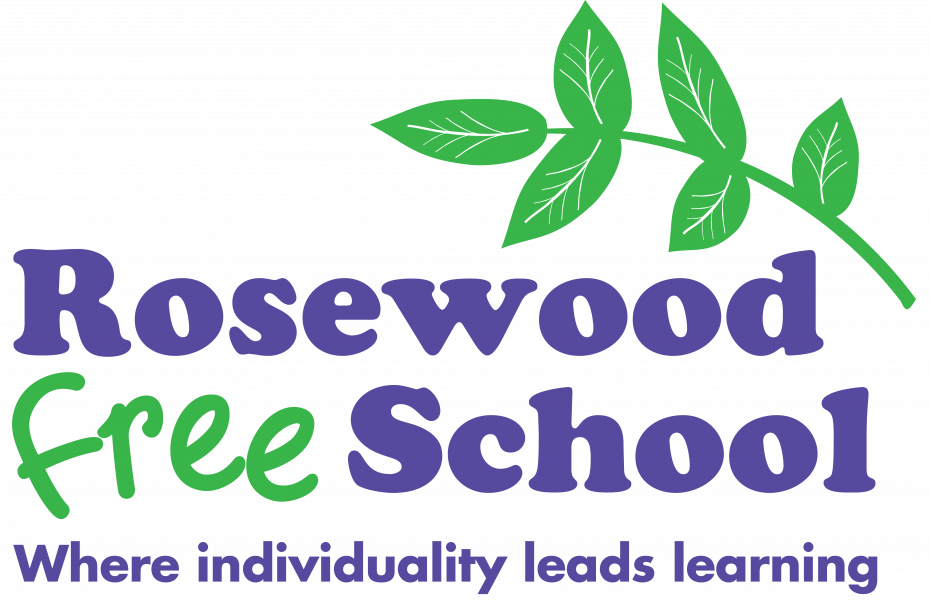Curriculum
The Curriculum at Rosewood Free School

ImPACTs assessments and curricula have been carefully designed to meet the unique needs of our learners. Consequently, we are able to demonstrate achievement for all pupils by finely graded assessment and detailed planning processes; we are also able to see early indicators of regression in some of pupils with degenerative conditions. OFSTED commended it as an “outstanding and innovative curriculum that meets fully the needs of all learners, because it underpins the teaching of the key skills required for learning”.
ImPACTS allows the teaching and therapy team to collaboratively meet one of our core beliefs:
We believe that in order to provide an effective learning environment it is necessary to have a detailed and shared understanding of a learner’s needs by all the professionals from education and therapy.
As part of a whole school project spanning 5 years, each area of the curriculum was reviewed, and ImPACTS was developed to be in line with the school philosophy of child centred planning. The ImPACTS programme offers a specialised curriculum in five Key Skill Areas: Communication, Cognitive Skills, Environmental Control, Social and Emotional Well Being and Physical Skills (Gross and Fine Motor).
The development of each Key Skill included aspects of multi-disciplinary working and the school using the expertise of relevant professionals to enhance the content and accuracy of the assessments. We used research on learning, teaching, neurological development, and physical development to underpin our approach. The Rosewood team continues to review and develop ImPACTS on a regular basis, so that it remains relevant and appropriate to the needs of our learners.
All learners at Rosewood Free School are assessed using the schools ImPACTS Key Skills. Once these assessments have been completed, a detailed picture of the child develops and a personalised Individual Education Plan (IEP) is devised.
All professionals contribute to this IEP and it is confirmed only once parents/carers have read it and agreed that it represents the needs of the child.

